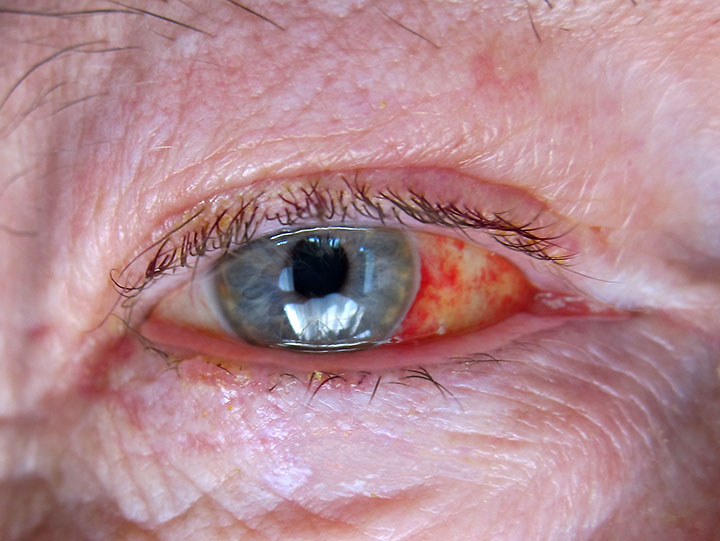 |
| My quick version of lathenia: A pizza like Greek dish. |
As many of you already know, the heart and stroke specialists in London, Ontario, have put me on a cholesterol reduced diet. If it has a face, I can have it only every other day. And if it is red meat, once a month is often enough. Ice cream? I can have it on my birthday.
This diet may sound restrictive, and it is, but it doesn't feel that way. My wife, Judy, is going to Weight Watchers and she is bringing home oodles of good, low fat, vegetable-centric recipes. We have both lost a lot of weight. I am about to drop below 180 pounds and my doctors are very happy with the weight loss. If my heart could smile, it would be sporting a grin.
In searching the Internet for recipes and just inspiration, I have found a good blog on Greek cuisine: OliveTomato posted by Greek-American Nutritionist and writer Elena Paravantes. She discusses the Greek-Mediterranean diet, Greek food, and supplies a constant flow of recipes while touching on the latest research on one of the healthiest "diets" on the globe. I believe my doctors would approve.
I made my quick version of lathenia by using a low-fat pizza crust purchased ready-made at the grocery store. I used just a smidgen of tomato sauce as instructed by Paravantes. I covered the crust with tomato and onion slices and brushed the surface with a little good olive oil. I baked this in the oven at 350-degrees until the simple topping began to caramelize. Five minutes before it was done, I sprinkled a very light dusting of grated Parmesan cheese over the top. I returned the lathenia to the oven just long enough to melt the Parmesan.
My wife said this was delicious and it was only about 4-points per quarter. Today my wife was weighed. She was down and this means my version of lathenia gets a thumbs-up.
If you are trying to keep your weight in check, or trying to develop a heart healthy diet, check out Elena Paravantes' site, OliveTomato. She has posted some good, easy and oh-so-healthy recipes with a Mediterranean/Greek cuisine slant.
You will notice that Paravantes was very generous in her use of olive oil when making her version of lathenia. I may try this again and make her flaky crust but I will restrict my use of olive oil in the topping. I cannot bring myself to use a third of a cup of olive oil. I'll simply brush the surface. For me, that will be sufficient.



































